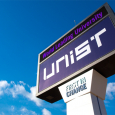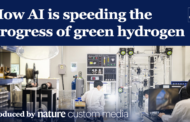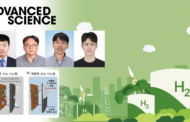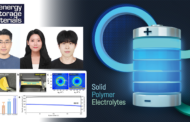A research team, jointly led by Professor Seok Ju Kang from the School of Energy and Chemical Engineering at UNIST and Dr. Seokhoon An from the Korea Institute of Science and Technology (KIST) announced a significant advancement in lithium-ion battery (LIB) technology with the development of a highly crystalline organic cathode material.
During winter months, electric vehicles often experience reduced performance due to slower lithium ion diffusion rates within the battery’s negative electrode. To combat this issue, electric buses frequently utilize lithium titanium oxide (LTO) materials instead of traditional graphite. However, while LTO offers faster charging capabilities, it is also more expensive and has a lower energy density compared to graphite.
The research team has developed Cl-cHBC, a highly crystalline organic cathode material that boasts a maximum capacity 1.5 times greater than that of LTO materials. Although organic materials are known for their low cost and light weight, they typically suffer from poor crystallinity. To address this, the team utilized an anti-solvent crystallization process that enhances crystallinity even at reduced temperatures. This method crystallizes solutes by introducing an additional solvent with low solubility, leading to more effective ionic and electronic movement.
The newly-developed cathode material exhibits a rapid lithium ion diffusion rate and high electrical conductivity, which enhances charging speeds and output. Increased crystallinity results in a more orderly microstructure, facilitating straighter pathways for ions and electrons. Moreover, the improved crystallinity contributes to extended battery life.
Performance testing revealed that when paired with various anode materials, the new cathode material consistently demonstrated stability. Notably, when combined with lithium iron phosphate (LFP) cathodes, the battery achieved a high discharge voltage of 3.0V—this represents a 67% improvement compared to configurations using LTO cathodes. LFP materials are not only cost-competitive but are also widely used in imported electric vehicles, despite historically showing lower discharge voltages.
“The developed material can be synthesized at low temperatures without requiring high-temperature post-treatment, enhancing its commercial viability,” stated the joint research team. “Given its lightweight and high-output characteristics, we anticipate its application in electric vehicles as well as in drones.”
Jee Ho Ha from the School of Energy and Chemical Engineering at UNIST served as the lead author of this study. The research findings were published in ACS Nano on January 21, 2025. This work was supported by the National Research Foundation of Korea (NRF), the Korea Institute of Science and Technology (KIST), and the Commercializations Promotion Agency for R&D Outcomes (COMPA).
Journal Reference
Jee Ho Ha, Minsung Kang, Hyunji Cha, et al., “Highly Crystalline Contorted Coronene Homologous Molecule as Superior Organic Anode Material for Full-Cell Li-Ion Batteries,” ACS Nano, (2025).












